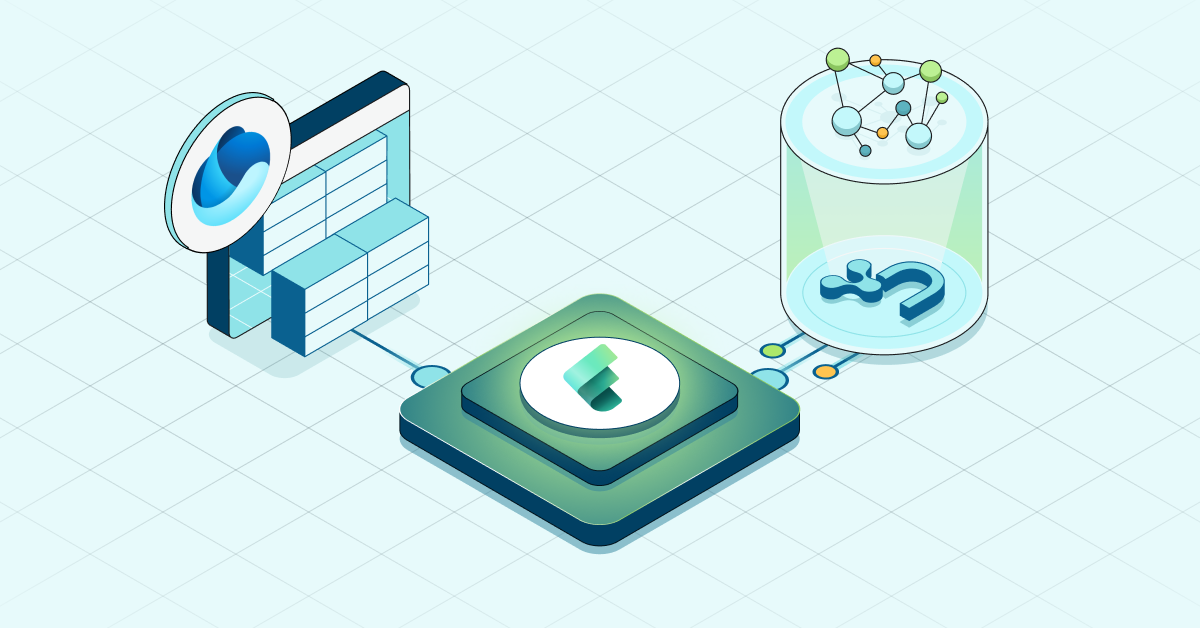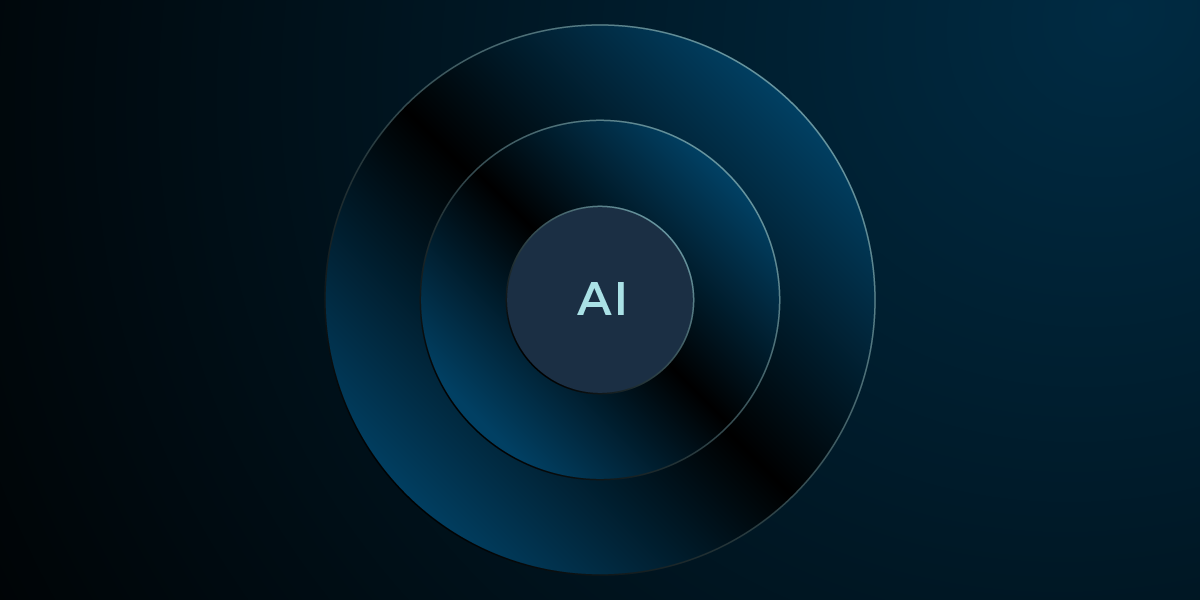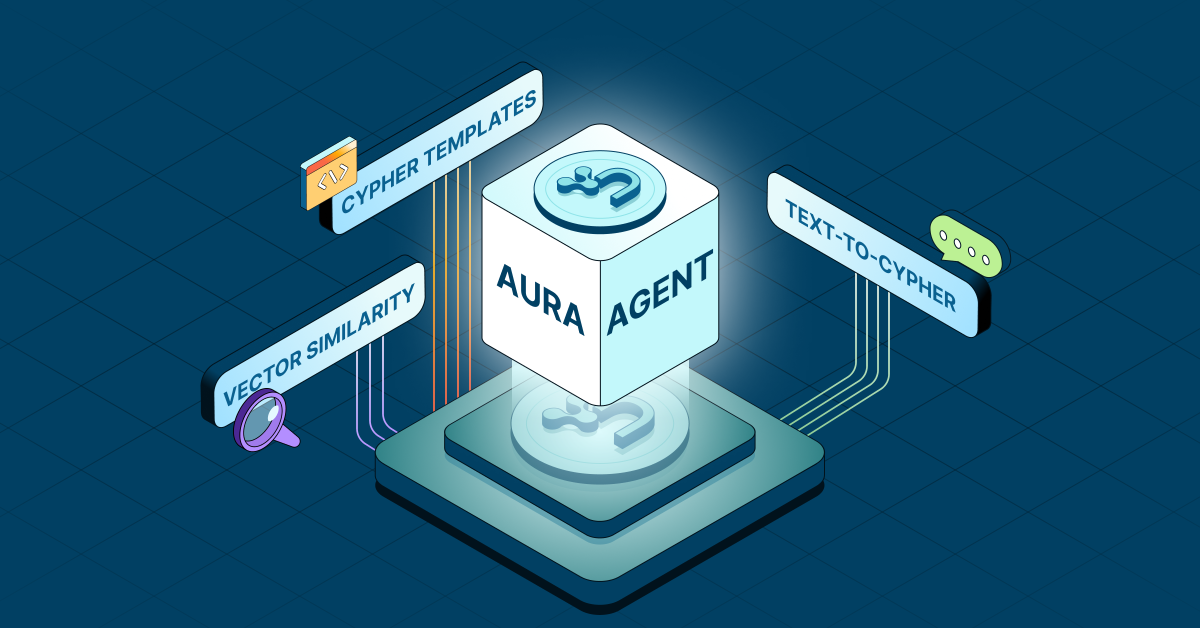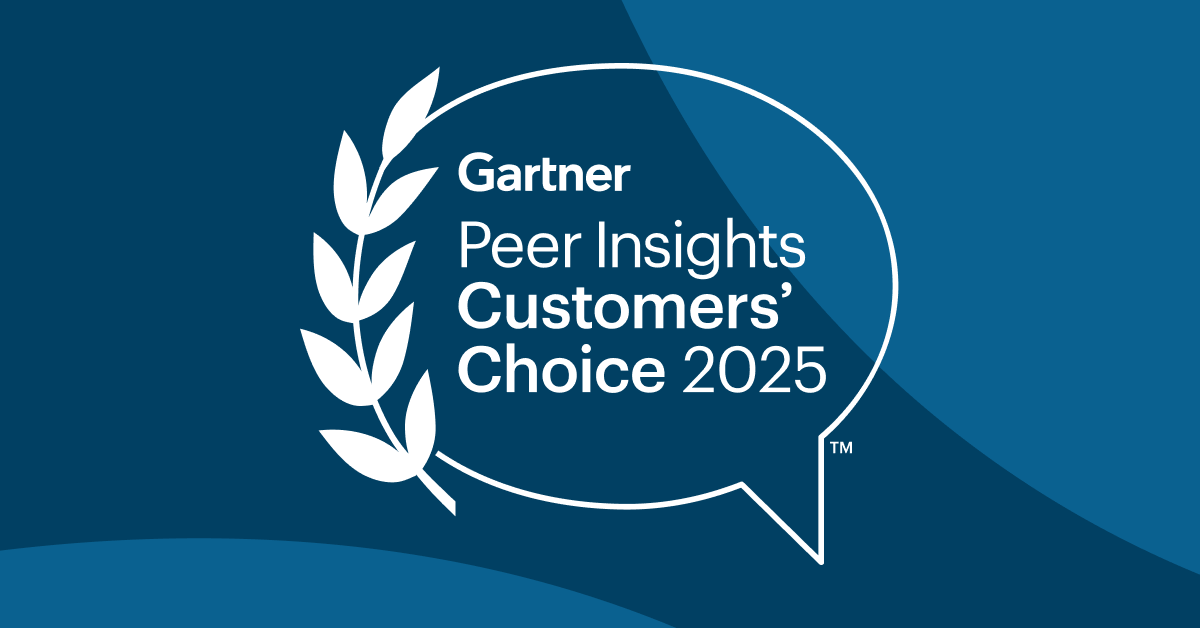Neo4j Positioned as a Visionary in the 2024 Gartner® Magic Quadrant™ for Cloud Database Management Systems

VP of Product Marketing, Neo4j
6 min read

We’re thrilled to be recognized as a Visionary in the 2024 Gartner® Magic Quadrant™ for Cloud Database Management Systems (DBMS) for the second consecutive year. This year, Neo4j has been recognized for both Completeness of Vision and Ability to Execute. We believe our recognition in the Cloud Database Magic Quadrant reflects our ability to help organizations derive transformative value by uncovering the complex patterns and relationships that naturally exist within their data.
Gartner defines the market for cloud database management systems (DBMSs) as the market for software products that store and manipulate data and that are primarily delivered as software as a service (SaaS) in the cloud. Gartner evaluates DBMS vendors across 15 critical areas, including product or service, market responsiveness/record, and innovation, to determine their placement in the Magic Quadrant Neo4j is one of 20 vendors recognized in this report.
We believe our placement as a Visionary in this Magic Quadrant speaks to the increasingly critical role Neo4j plays in a rapidly changing database market. “By 2025, graph technologies will be used in 80% of data and analytics innovations, up from 10% in 2021, facilitating rapid decision making across the enterprise,” predicts Gartner® in its Exploring the Top Use Cases for Graph Analytics report, May 10, 2024 report.
Download your complimentary report:
Gartner® Magic Quadrant™ for Cloud Database Management Systems
Progress Driven by GenAI Innovation, Cloud-First Focus, and Unrivaled Graph Analytics
Gartner predicts a sharp rise in the use of graph technologies, stating that “By 2025, graph technologies will be used in 80% of data and analytics innovations, facilitating rapid decision-making across the enterprise.” This marks a significant increase from just 10% usage in 2021. We believe this underscores the pivotal role graph databases are playing in the era of AI-powered analytics.
Our native graph architecture naturally represents the rich context that fuels accurate and reliable GenAI applications. Unlike non-native approaches that layer graph functionality on top of other data models, our native graph architecture stores and manages data as a graph from the ground up. This enables lightning-fast traversals across billions of data connections, enabling applications to uncover patterns and context at massive scale without prohibitive performance overhead.
To maximize the impact of graph-powered data and AI, we’ve prioritized seamless integration with the cloud platforms and data tools our customers rely on every day. Through deep partnerships with major hyperscalers – AWS, Google Cloud, Microsoft Azure – and data leaders like Snowflake and Databricks, we make it simple to infuse graph intelligence into your existing architecture and quickly see results, no matter where your data resides.
As data becomes increasingly interconnected and complex, organizations are seeking new ways to uncover deeper insights and drive transformative outcomes. Graph databases have emerged as a critical tool in this pursuit, offering unparalleled flexibility and performance for managing and analyzing complex networks of data —naturally illuminating previously hidden connections and patterns in your business data:

By structuring data as a connected network of nodes and relationships, graphs mirror how businesses operate in the real world, enabling enterprises to uncover hidden insights across key business domains, from customers and products to employees and suppliers, fueling intelligent decision-making. The rise of graph has even led to the recent introduction of ISO GQL, the first new ISO database query language since SQL in 1987.
GraphRAG: Powering Enterprise-Grade GenAI Apps
As enterprises race to operationalize GenAI, many are finding that traditional approaches fall short in delivering the accuracy, reliability, and explainability needed for production-ready applications. A recent IBM study found 71% of global CEOs stuck in GenAI pilot phases, despite ambitious deployment goals.
Graph-augmented retrieval (GraphRAG) is emerging as the go-to solution. By enhancing large language models (LLMs) with the rich context and multi-hop reasoning of knowledge graphs, GraphRAG powers GenAI apps that are accurate, relevant, and explainable at enterprise scale.
In the report Technological Implications of Generative AI, Gartner predicts that by 2025, 50% of GenAI initiatives will combine deep learning models with knowledge graphs or other composite AI elements to improve reliability and transparency. We believe GraphRAG represents the future of GenAI architectures for mission-critical enterprise use cases.
Our fully managed cloud offering, Neo4j AuraDB, is the best place to try, build, and accelerate graph in production — for any workload or use case. This year alone we’ve made the following key enhancements:
- New Aura console with a GenAI co-pilot as a unifying hub to manage, ingest, model, and visualize data across all our tools and offerings
- Advanced enterprise control, audit, and compliance capabilities, including customer-managed encryption keys
- 15x scale improvement in real-time read capacity for uninterrupted processing of data-intensive analytics workloads, even as data volumes increase
- New affordable self-serve offering, Neo4j AuraDB Business Critical, for highly available workloads requiring advanced security
Empowering Customers to Build GenAI Apps
Over 1,700 customers, including 80+ of the Fortune 100 companies, use Neo4j to solve their most complex data problems. Take, for instance, how leading companies like Klarna and Data2 have used Neo4j to transform their GenAI-enabled tech stacks—each demonstrating the critical role of graph databases in powering next-generation GenAI applications.
Klarna: AI Assistant Powers Productivity
Klarna powers its GenAI chatbot, Kiki, with a Neo4j knowledge graph, transforming how employees collaborate with it.
“Kiki brings together information across multiple disparate and siloed systems, improves the quality of that information, and explores it, enabling our teams to ask Kiki anything from resource needs to internal processes to how teams should work,” says Klarna CEO Sebastian Siemiatkowski. “It’s having a huge impact on productivity in ways that were not possible to imagine before without graph and Neo4j.”
Data2: Uncovering Connections With Artificial Reasoning
With Neo4j, analytics consultancy Data2 powers an artificial reasoning platform, allowing customers to find hidden relationships and patterns to deliver context-relevant insights.
“We think of the Neo4j knowledge graph as a dynamic, evolving brain that captures the full scope of an organization’s operating knowledge,” observes Jeff Dalgliesh, Chief Technology Officer at Data². “Our generative AI agent learns and reasons over top of this brain to deliver context-relevant insights and recommendations grounded in data.”
Crossing the $200 Million Threshold and Looking to the Future
Our relentless innovation across advanced analytics, GenAI, and deep ecosystem integrations has fueled incredible growth for Neo4j as we help customers solve their most complex data challenges. Driven by strong customer adoption, we’ve doubled our annual recurring revenue over the past three years, recently surpassing $200 million in ARR for the first time. Enterprise demand for our cloud offering alone has grown fivefold in the same period.
We’re incredibly grateful to be named a Visionary in the Gartner Magic Quadrant for the second year running. We plan to add new GenAI features to our core offering, expand our capabilities for mainstream cloud adoption, and become the default graph analytics and GraphRAG layer by expanding and deepening our partnerships.
Above all, we’d like to thank our customers and partners, who have embraced graph technology as a solution to their most complex business problems and as a cornerstone of their ambitions. Without them, we wouldn’t be here, and they will remain our North Star as we continue to innovate in 2025 and beyond.
Download your complimentary report:
Gartner® Magic Quadrant™ for Cloud Database Management Systems
Gartner, Gartner® Magic Quadrant™ for Cloud Database Management Systems, Henry Cook, Ramke Ramakrishnan, Xingyu Gu, Aaron Rosenbaum, Masud Miraz, December 18, 2024
Gartner, Technological Implications of Generative AI, David Cearley, Christian Stephan, 4 December 2024
Gartner, Exploring the Top Use Cases for Graph Analytics, Jim Hare, Mark Beyer, 10 May 2024
GARTNER is a registered trademark and service mark of Gartner and Magic Quadrant is a registered trademark of Gartner, Inc. and/or its affiliates in the U.S. and internationally and are used herein with permission. All rights reserved.
Gartner does not endorse any vendor, product or service depicted in its research publications, and does not advise technology users to select only those vendors with the highest ratings or other designation. Gartner research publications consist of the opinions of Gartner’s research organization and should not be construed as statements of fact. Gartner disclaims all warranties, expressed or implied, with respect to this research, including any warranties of merchantability or fitness for a particular purpose.








